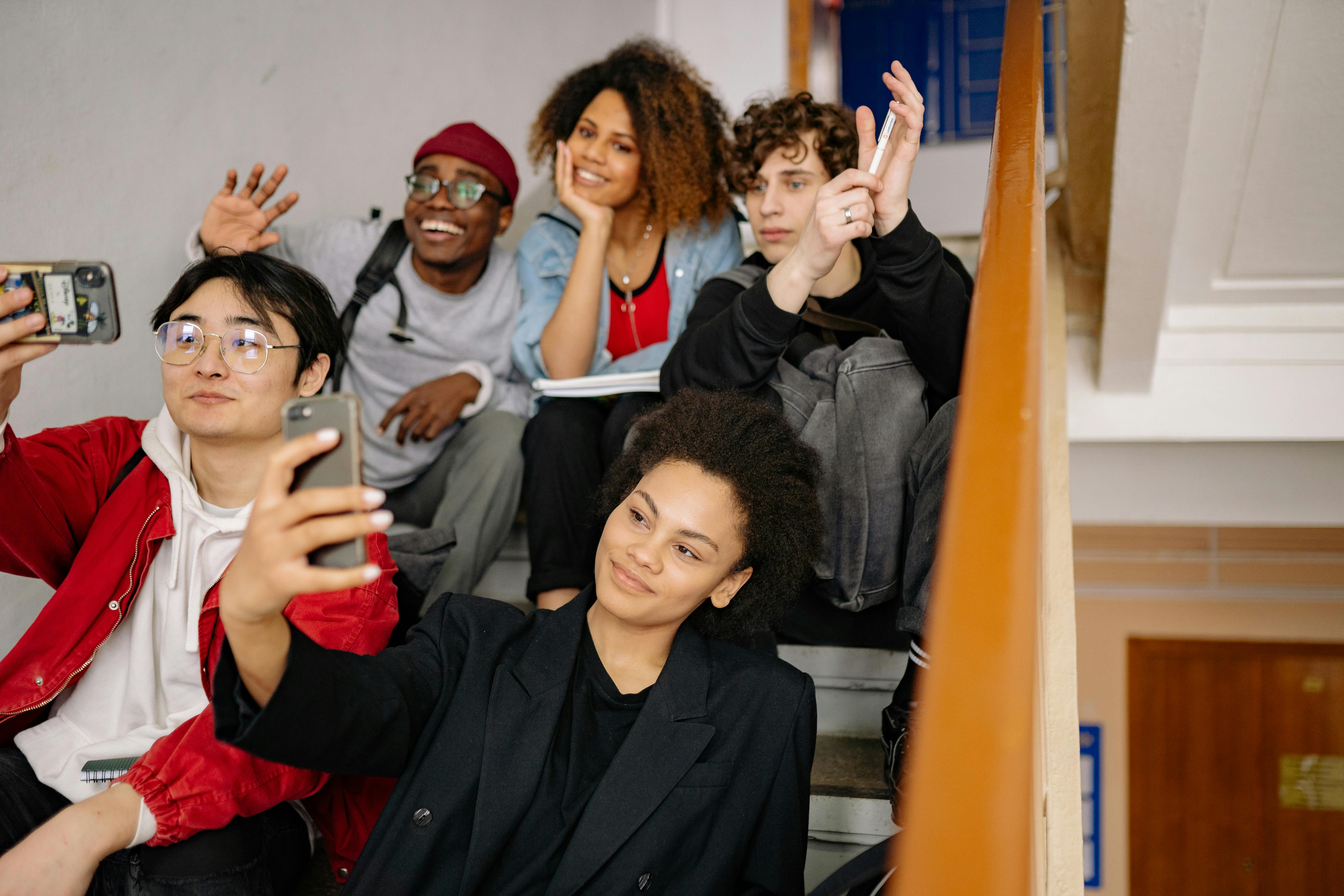Circles of Knowledge: Creating Learning Communities with Smart Matching

Learning doesn’t happen in isolation. Study after study shows that students thrive in small, collaborative communities where knowledge can be explored, challenged, and shared. But randomly assigned study groups or classroom partners often fail to deliver these benefits.
That’s where Easy Pairing comes in. By intelligently forming learning communities based on compatibility and educational goals, it transforms casual study groups into powerful engines of growth.
Why Traditional Grouping Methods Fail
In most educational settings, group assignments are made based on:
- Alphabetical order
- Seating charts
- Volunteer sign-ups
- Last-minute convenience
These methods are quick—but rarely effective. Students often end up in mismatched groups where:
- Motivations differ widely
- One person dominates while others disengage
- Learning styles conflict (e.g., fast-paced thinkers vs. deep processors)
- Conflict resolution is avoided rather than addressed
These breakdowns result in unproductive sessions and lost potential.

The Case for Compatibility in Learning Communities
Just like successful roommate pairings or project teams, the best learning groups share common traits:
- Aligned goals (e.g., improving exam scores, mastering core concepts)
- Complementary strengths (e.g., visual learners paired with verbal explainers)
- Compatible paces and study routines
- Shared communication and collaboration styles
Easy Pairing’s AI analyzes these variables to build intentional, effective learning communities that make education more social and sustainable.
How Easy Pairing Builds Smart Study Circles
Whether implemented in schools, universities, or online learning platforms, Easy Pairing collects profile data such as:
- Preferred study environments (quiet, interactive, structured)
- Strengths and weaknesses in subject areas
- Communication styles (verbal, written, visual)
- Collaboration preferences (leader, note-taker, discussion driver)
- Time availability and session frequency
From there, it creates high-compatibility circles optimized for peer-based learning and collective academic success.

Use Cases Across Education
Smart learning communities created by Easy Pairing can be applied to:
- First-year orientation cohorts
- STEM-intensive study pods
- Peer tutoring groups
- Test preparation teams
- Remote learning circles
- Academic recovery programs
In every case, the result is the same: more engaged learners, fewer dropped courses, and better academic outcomes.
Beyond Academics: Confidence, Belonging, Growth
When students feel understood and aligned in their learning communities, they’re more likely to:
- Take academic risks and ask questions
- Show up consistently and participate actively
- Help others, reinforcing their own understanding
- Feel connected to their educational journey
Smart group formation nurtures both achievement and confidence—a dual engine for student success.
Conclusion

In education, collaboration is the multiplier. With Easy Pairing, learning communities are no longer random—they’re engineered for impact. By matching students on what truly matters, Easy Pairing helps turn study groups into circles of knowledge, support, and achievement.